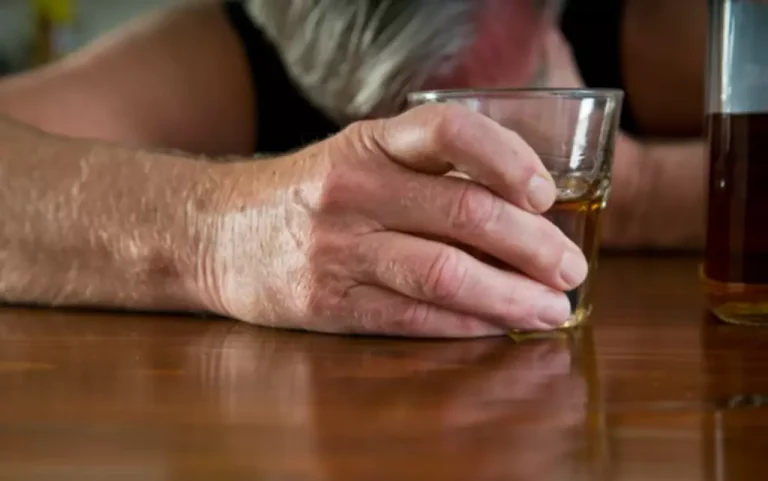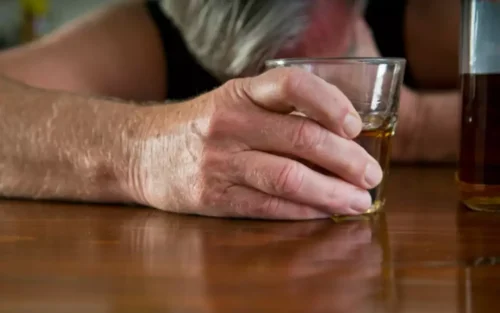
It is important to remember that you may reside within an Oxford House and still receive clinical interventions if you and your treatment provider determine that it is the best option. Depending on your specific situation, a professional evaluator may also recommend a residential treatment facility instead. There is a large population of people battling alcohol and drug abuse who also have mental health disorders. A person in this situation is considered to have a dual diagnosis or a co-occurring disorder.
sober

Each house adheres to the absolute requirement that any member who returns to using alcohol or drugs must be immediately expelled. There’s no time limit on how long a member can live in an Oxford House. The average stay is about a year, but many members stay three, four, or more years. Now that you know more about how the rules work within an Oxford House, you may ask which course of action is best for you or your loved one. Oxford Houses usually have residents who have completed either rehab or a detox program before they enter an Oxford House. Even if a resident is displaying any of the behaviors above, the Oxford House members still must vote in favor of the person being removed from the residence.

Knowing the Oxford House Sober Living Rules

The article discusses a challenge in oxford sober living Columbia Heights related to zoning regulations that may threaten the program citywide. Lawyers for Oxford House argue a violation of the federal Fair Housing Act, emphasizing the need to support this cost-effective and successful rehabilitation model in the city. Today Oxford House has more than 20,000 residents at more than 3,500 homes across 47 states and several foreign countries.
How do Oxford House residents help those in the community?

This prohibition requires local governments to make a reasonable accommodation in their zoning laws to enable handicap individuals to effectively deal with their disability. While research on AA has been limited by the role of anonymity in recovery, the willingness of the Oxford Houses to open their doors to academic research gives us an opportunity to see recovery from addiction in action. Depaul University has a team of researchers that have been studying the Oxford House model for more than a decade. Oxford House has enabled peer-run, self-sustaining, and substance-free housing since 1975. There are many ways to give, including financial and house furnishings.
Alternatively, you can apply online and your information will be sent Sobriety to all of the Oxford Houses in your area that have an opening. • Treasurer — The treasurer responsible for making sure the Oxford House is financially sound. If an Oxford House sounds like a living situation you would like to pursue, your first stop should be their website. Once there, you can look by state to find locations with active Oxford Houses. Once you find a house that looks like it might be a good fit, you would follow their specific application process and fill out a form to apply for membership. That said, there are some Oxford House chapters, made up of several loosely affiliated homes.
- Yes, each state has in place a revolving loan fund that can make loans to cover the first month’s rent and security deposit (up to $4000) to rent a house in a good neighborhood.
- Every member has an equal vote regardless of how long they’ve been there.
- If an Oxford House sounds like a living situation you would like to pursue, your first stop should be their website.
Mr. Molloy and the other residents devised the basic rules of self-government that have shaped Oxford House ever since. First, all decisions would be made democratically, with a group vote. Second, every resident would contribute equally to the expenses and household duties. And, most important, anyone using drugs or alcohol would be expelled. In this respect, they are similar to a college fraternity, sorority, or a small New England town. Officers have fixed terms of office to avoid bossism or corruption of egalitarian democracy.
Paul Molloy’s vision was to establish self-supporting, self-governed homes for recovering alcoholics and addicts across America. The article highlights the success of these houses, where recovering individuals work together, abide by simple rules, and maintain a drug-free environment. The expansion of Oxford House, despite initial skepticism, led to Congress passing a law to support the model nationally, with state funds allocated for similar initiatives. The article explores the challenges and debates surrounding the concept, emphasizing the transformative impact it has had on residents’ lives. In 1975, a tight budget in Montgomery County, Maryland led to a decision to close one of the four county-run halfway houses. The thirteen men living in the halfway house rented the building and decided to run it themselves.
